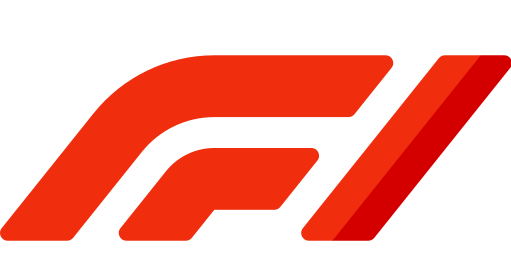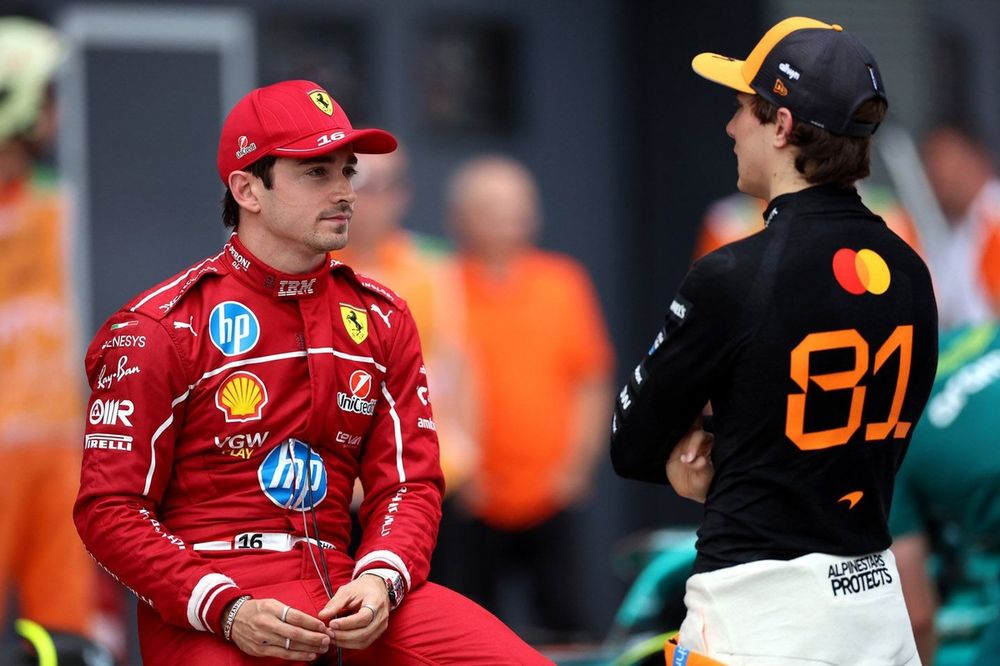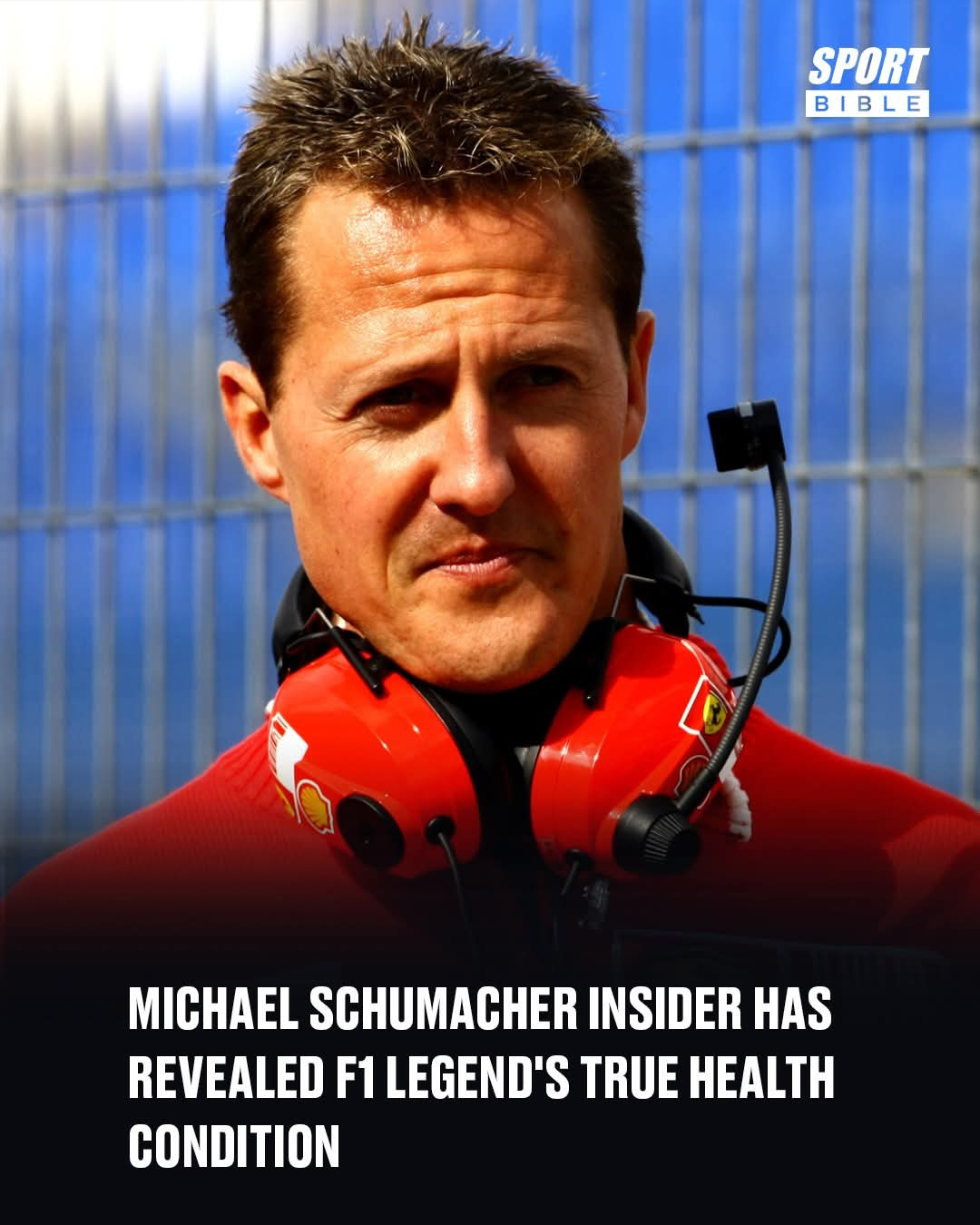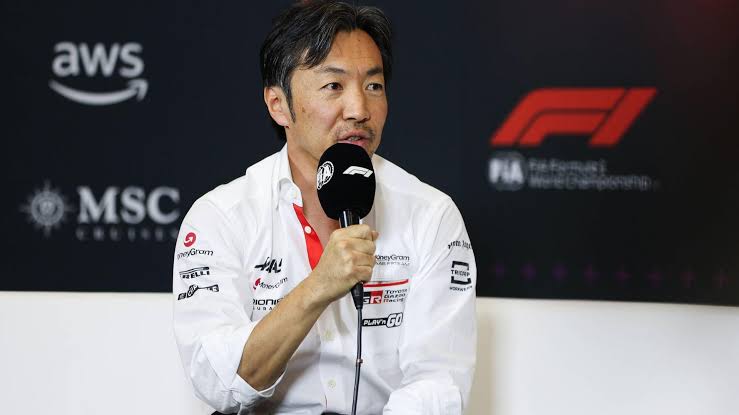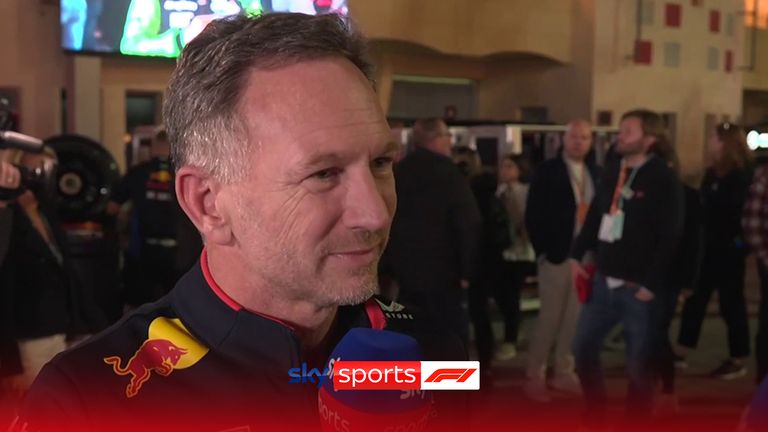
The Formula 1 season unfolds with a meticulously arranged itinerary, featuring a global tour of grand prix events spanning from March through December. The calendar commences with the Australian Grand Prix in mid-March and progresses through illustrious venues such as Shanghai, Bahrain, Monaco, and Spa-Francorchamps, culminating in the season finale in Abu Dhabi. Each race weekend comprises a series of sessions—practice, qualifying, and the main event—offering fans an immersive spectacle of speed, strategy, and skill. This comprehensive schedule highlights the sport’s international appeal and its relentless pursuit of excellence on circuits that test driver mettle and engineering prowess alike.
Within the championship hierarchy, McLaren Racing currently commands a substantial lead in the Constructors’ Championship with 559 points, a testament to their consistent performance and technical superiority. Scuderia Ferrari and Mercedes-AMG Petronas trail significantly, underscoring the fierce competition permeating the grid. In the Drivers’ Championship, Oscar Piastri has emerged as the frontrunner, narrowly edging out teammate Lando Norris and Red Bull’s Max Verstappen. These standings reflect a dynamic contest where emerging talents challenge established champions, fostering a riveting narrative throughout the season.
Off-track developments have generated considerable intrigue, notably surrounding Christian Horner’s departure from Red Bull Racing. Since his exit, Red Bull has grappled with strategic missteps and suboptimal race outcomes, including a disappointing showing at the Hungarian Grand Prix. Despite these challenges, Verstappen’s sprint victory at Belgium provided a glimmer of hope. Industry speculation abounds regarding Horner’s future endeavors, with pundits suggesting he might gravitate towards Alpine or Aston Martin—teams undergoing transformation and seeking leadership that blends experience with ambition. Horner’s potential return promises to inject fresh drama into the paddock’s political landscape.
The ongoing tussle for team supremacy is accentuated by Aston Martin’s resurgence, buoyed by Adrian Newey’s arrival and strategic partnerships that enhance their competitive edge. Conversely, Alpine faces an arduous struggle, languishing near the bottom of the Constructors’ table despite holding out against a record acquisition bid. The latter’s precarious position amplifies rumors about Horner’s possible partial ownership stake, signaling a shift from conventional team principal roles towards broader executive influence. This backdrop sets the stage for an evolving Formula 1 ecosystem where ownership, management, and technical innovation intertwine.
Meanwhile, headline-making personalities such as Lewis Hamilton continue to captivate audiences with their performances and controversies. Hamilton’s recent remarks at the Hungarian Grand Prix sparked accusations of theatricality, while pundits emphasize the need for the seven-time world champion to reclaim his peak form amid mounting pressures. The sport’s rich tapestry is further embellished by insights from past champions and emerging stars, underscoring a narrative steeped in rivalry, legacy, and the relentless quest for supremacy on the world’s fastest circuits.
